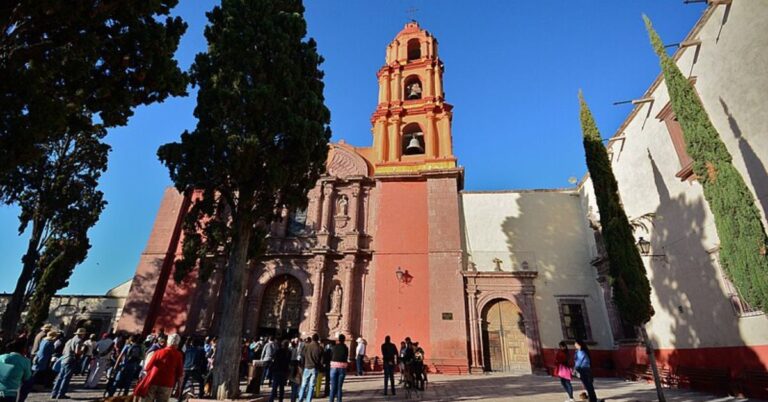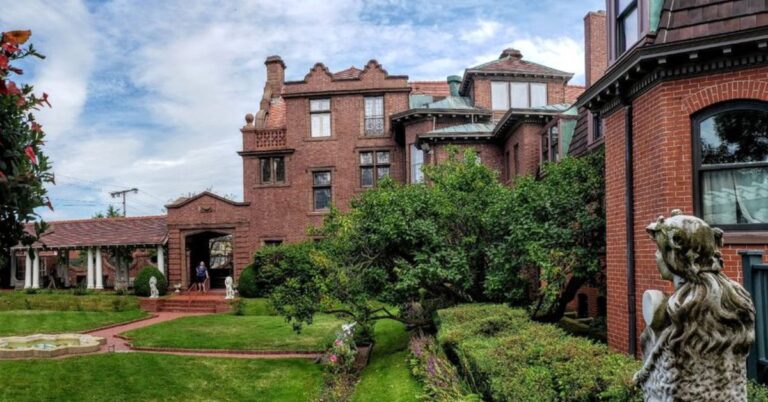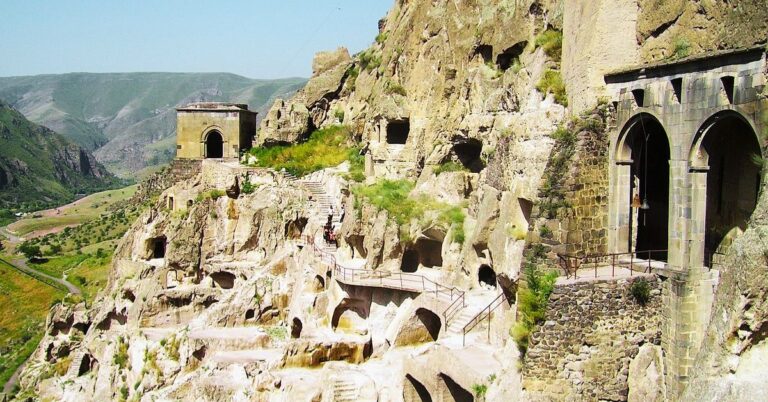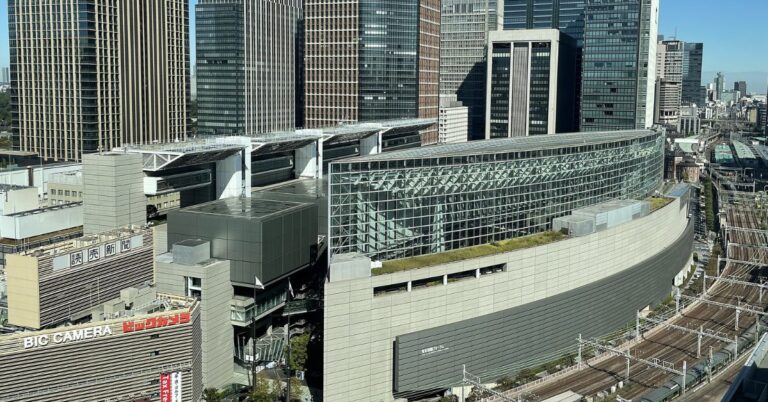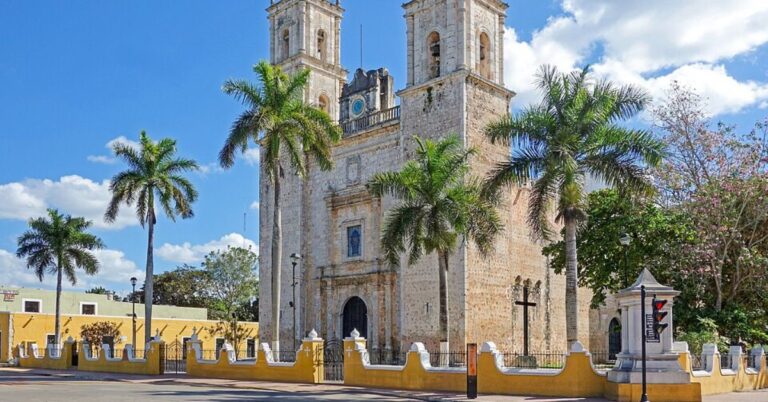The Most Beautiful German Towns No Traveler Should Miss
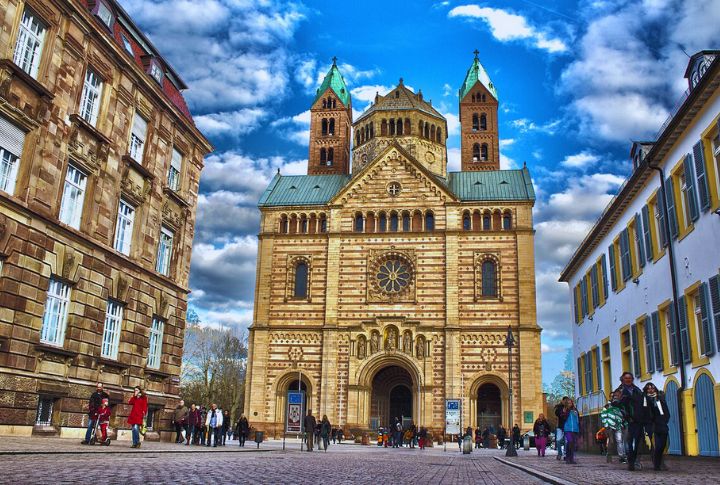
You’ve been flipping through travel blogs, but something feels off. Every list points to the same big names, leaving out the charm behind smaller but significant places. So, let’s pull back the curtain on the less-traveled towns in Germany that are highly regarded and worth your time.
Gorlitz
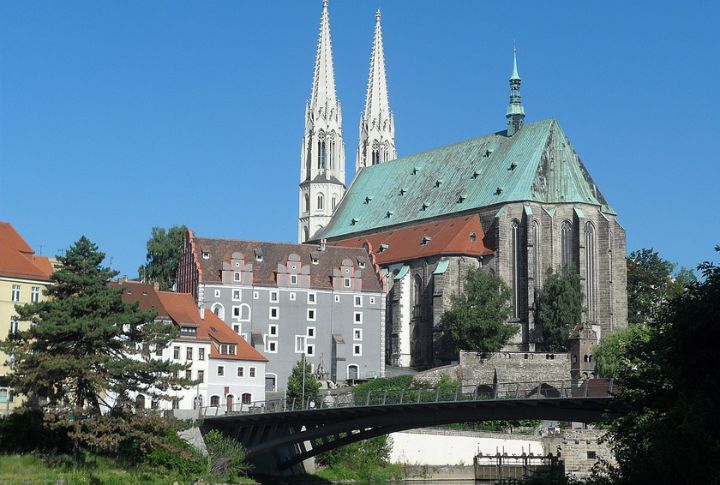
A movie set without the crowds? That’s Gorlitz. Located in Germany’s far east near the Polish border, this town is famous among filmmakers, yet it remains blissfully under-touristed. Over 4,000 restored heritage buildings make it one of the best-preserved historic towns in the country.
Quedlinburg

A UNESCO World Heritage Site, this town in Saxony-Anhalt has more than 1,300 half-timbered houses dating back to the Middle Ages. Its labyrinth of lanes wraps around a sandstone castle hill once home to medieval royalty. The town buzzes with independent bookshops and honey-scented bakeries.
Meissen
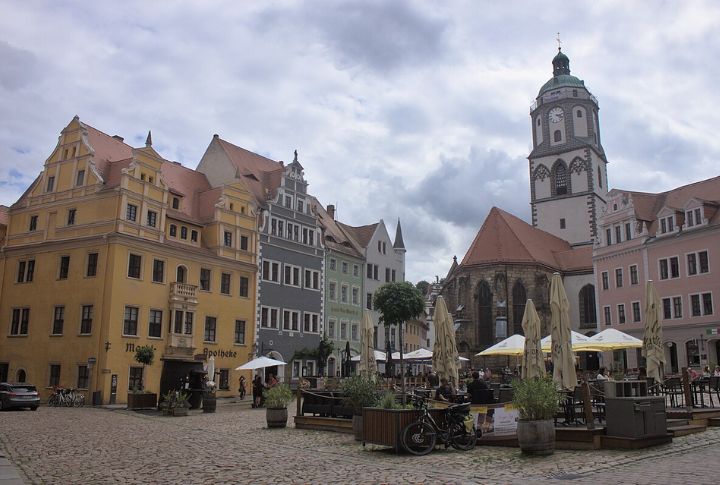
This Saxon city is perched on the banks of the Elbe River. It is home to Europe’s oldest porcelain manufactory, which opened in 1710. Even today, it produces its iconic white-and-blue wares. But beyond the factory walls, Meissen dazzles with its Gothic Albrechtsburg Castle.
Wismar
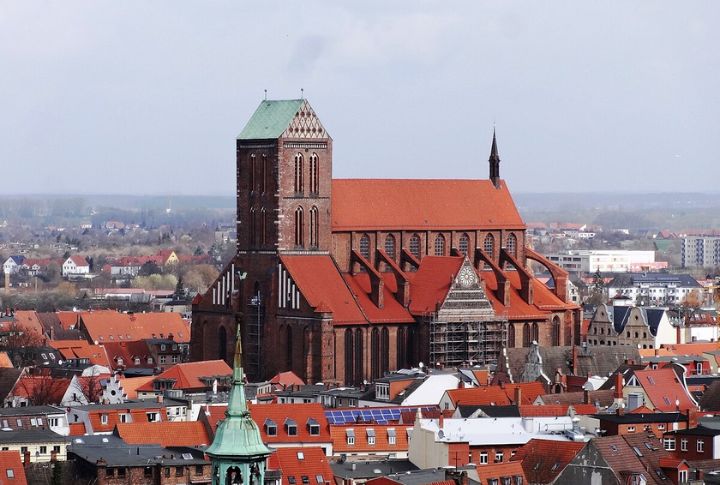
Wismar, another UNESCO-listed gem, was once a thriving member of the Hanseatic League, and its seafaring spirit still lingers. The old town is a striking ensemble of gabled merchant houses, imposing churches like St. Nicholas and St. Mary, and market squares that echo maritime stories.
Bamberg
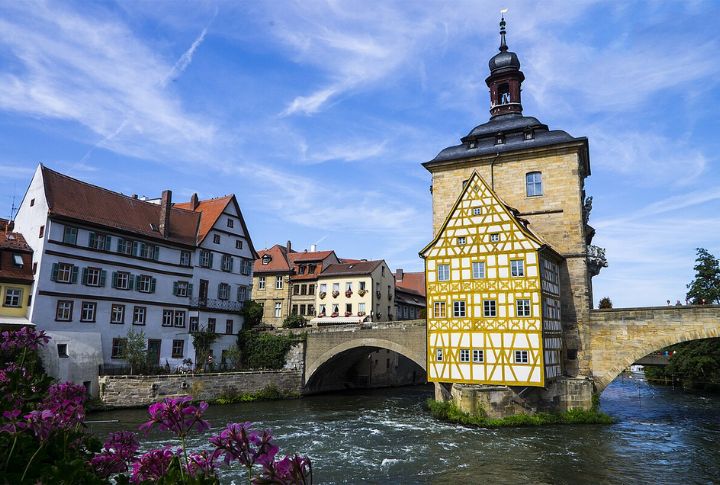
Bamberg has nine breweries and one smoky beer you’ll either love or politely decline. Known as the “beer capital” of Germany, this Franconian town is beloved for its rauchbier. But Bamberg isn’t just for beer lovers. Its old town, also on the UNESCO list, is spread over seven hills, hiding a Gothic cathedral.
Luneburg
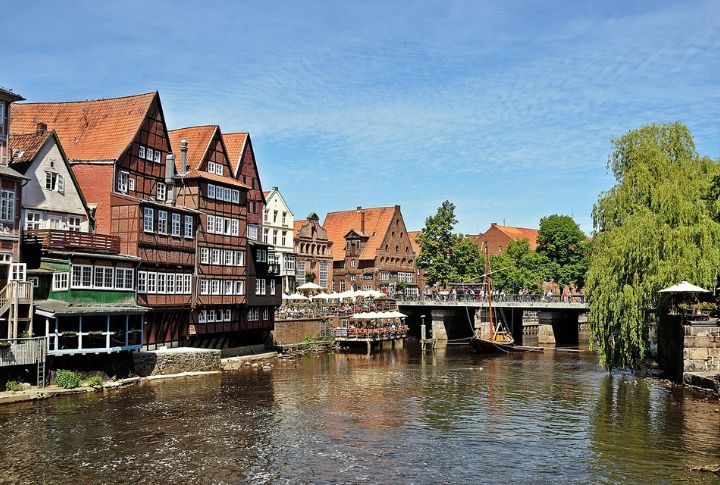
This north German town rose to wealth through salt mining, and the ground beneath it eventually gave way, which caused buildings to tilt in odd and charming ways. The result is a red-brick cityscape that feels whimsically off-balance yet beautifully intact.
Trier
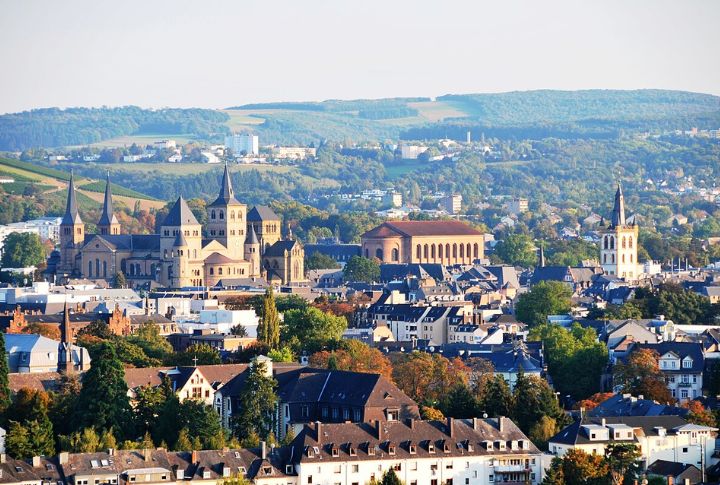
Founded in the 1st century BC, Trier is Germany’s oldest city and was once a key outpost of the Roman Empire. It still has ancient marvels like the Porta Nigra, a massive Roman gate, and the Kaiserthermen—imperial baths that lie half-buried in grassy fields.
Erfurt
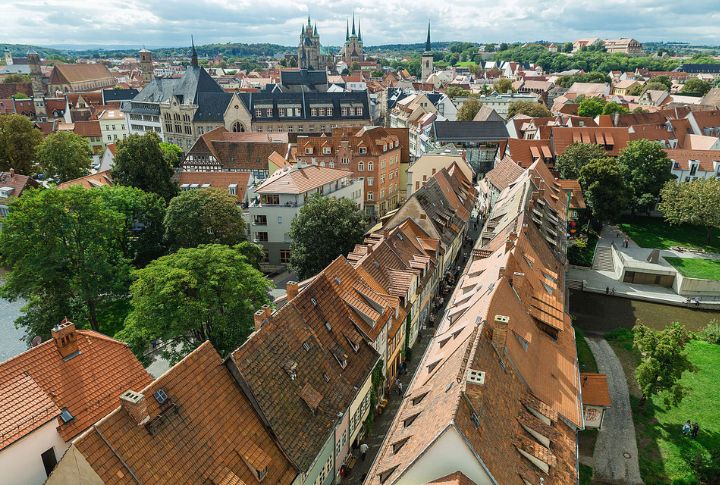
Martin Luther walked these streets, and you can feel that kind of weight. Erfurt is often skipped for its flashier neighbors, but those who stop are rewarded. Its cathedral and fortress tower over the city with calm authority, while hidden courtyards house pretty flower markets and bookstores.
Cochem
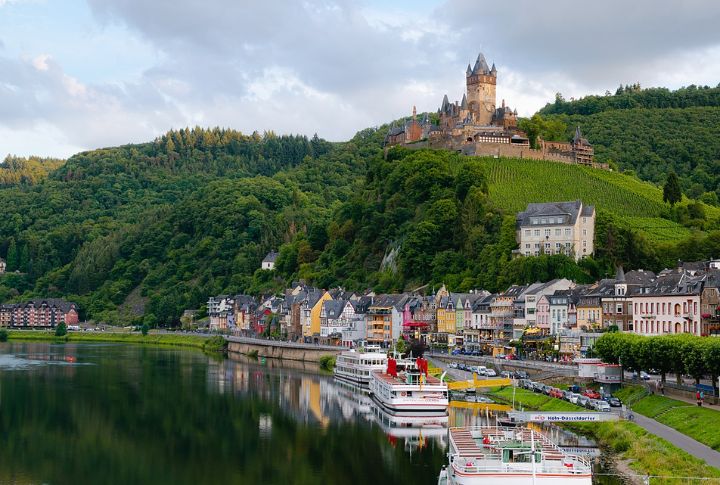
If fairy tales had vineyards, they’d look like Cochem. This beautiful town in the Moselle Valley clings to steep hills blanketed in grapevines. A neo-Gothic castle keeps watch from above. The Reichsburg Castle might not be medieval, but its interior and surrounding views are just dreamy.
Ulm
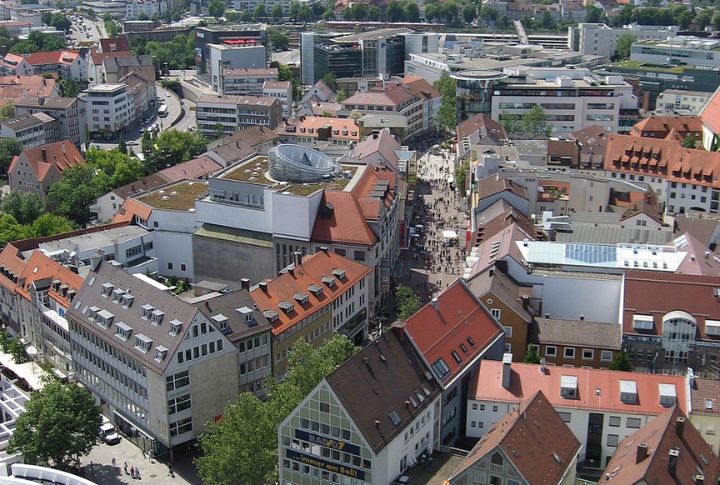
Albert Einstein was born right here in Ulm. However, the town rarely gets credit. Ulm’s skyline is punctuated by the world’s tallest church spire at Ulm Minster. Only a few people stick around to explore its nooks and alleys—the Danube carves through the city, while the Fishermen’s Quarter blends timbered homes with gentle canals.
Heidelberg
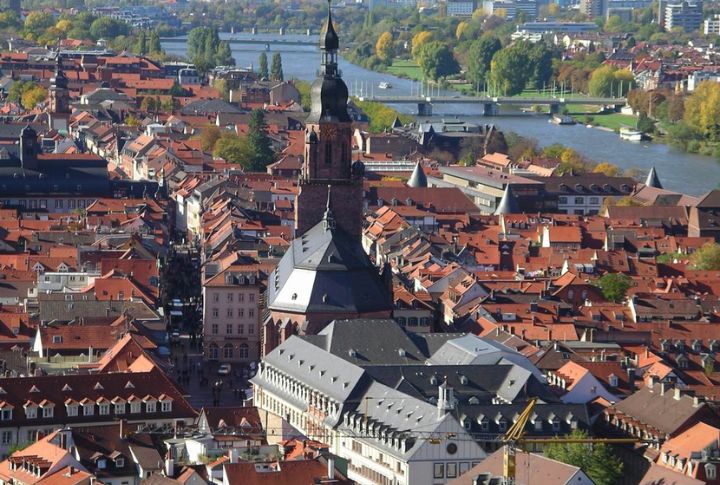
Situated beside the Neckar River and shadowed by a red sandstone castle, this university town has inspired writers and thinkers for centuries. The castle ruins rise dramatically above the city to offer views that stretch across forests and baroque rooftops.
Rothenburg Ob Der Tauber
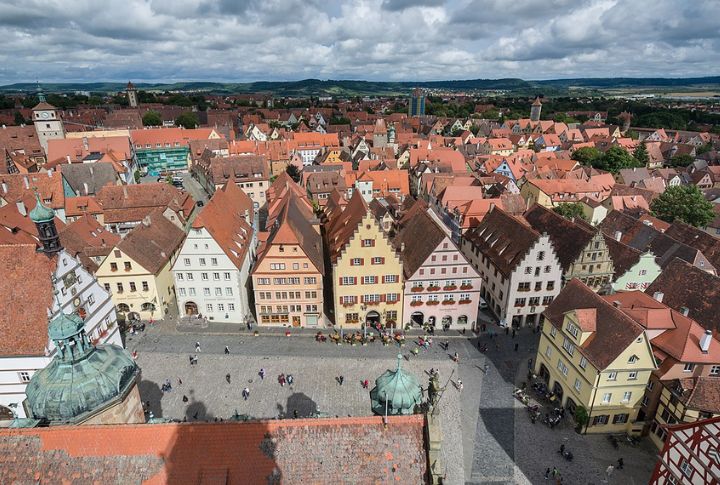
Rothenburg is the medieval fantasy that exists. And yet, it’s more than just a tourist place. This Bavarian town has been preserved like a snow globe from the 1500s. The Night Watchman Tour has become a legend, weaving tales of sieges and plagues under torchlight.
Weimar

Goethe and Schiller walked these streets, and the Bauhaus movement was born here. Nonetheless, Weimar remains modest, offering its cultural riches with a whisper instead of a spotlight. You can tour the writers’ homes or reflect in leafy parks where revolutions of thought once brewed.
Dinkelsbuhl
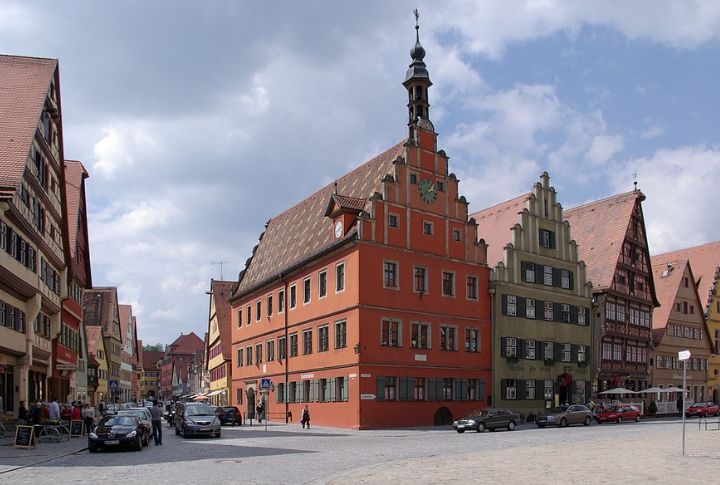
Sitting snugly along the Romantic Road, Dinkelsbuhl has the same medieval charm without the constant stream of tour buses. Travelers admire the colorful houses, but it’s the peaceful atmosphere that makes it special. There’s also a summer festival where children reenact the town’s historic surrender to Swedish troops.
Passau
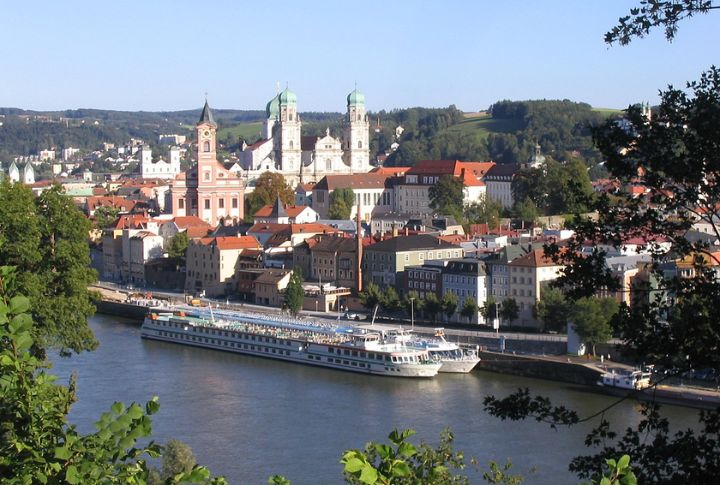
Passau is town at the confluence of the Danube, Inn, and Ilz rivers. Its baroque architecture shimmers with reflections from the water. Once ruled by prince-bishops, the city flaunts the largest cathedral organ in the world. The old town spills across a narrow peninsula, and every street curves into another surprise.
Wurzburg

Located in the Franconian region of Bavaria, Wurzburg is famous for its lavish Residenz Palace, a UNESCO site with frescoes and mirrors. Just beyond the chandeliers, vineyards are draped along the hills, and cozy wine taverns pour dry Silvaner. Here, the city comes alive!
Schwerin
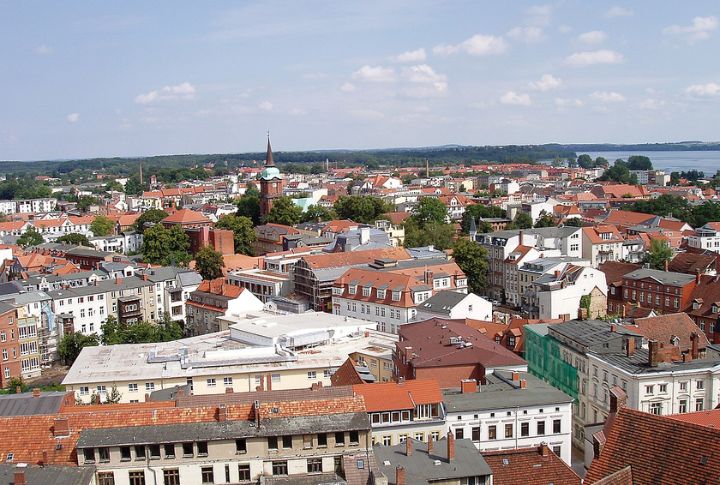
Some cities have lakes, but interestingly, this place is a lake with a city in it. Surrounded by seven lakes and crowned by one of Germany’s most striking castles, Schwerin has a dreamy vibe that’s hard to shake. Its island palace rises like a fairytale from the water.
Tubingen

Tubingen is a university town in Baden-Wurttemberg. It is full of timbered houses and cobbled streets that have carried scholars for centuries. The Neckar River runs through it gently, and punting boats glide past cafes where students still read poetry on actual paper.
Lindau

Set on an island in Lake Constance, this Bavarian town centers around a lovely harbor, which is guarded by a stone lion and a lighthouse. The surrounding scenery will just take your breath away. Its Old Town is small but packed with pastel buildings and tiny twisting lanes that speak of a peaceful life.
Monschau
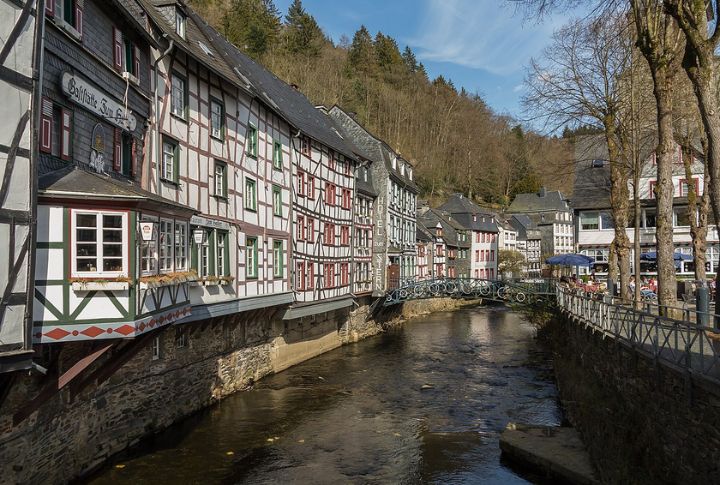
Monschau is located in the Eifel region near Belgium. You’ll admire the timber-framed houses that are packed tightly along the Rur River. Travelers find it hard to tell one home from another. Their slate roofs and shuttered windows form a cozy patchwork of history and weather-worn charm.
Bautzen

Bautzen wears many hats, and one of them speaks Sorbian. This Saxon city is the heart of Germany’s small but resilient Sorbian minority, whose cultural traditions still shape the rhythm of daily life. Bautzen’s skyline is dramatic, all medieval towers and sandstone silhouettes clinging to a rocky plateau.
Speyer
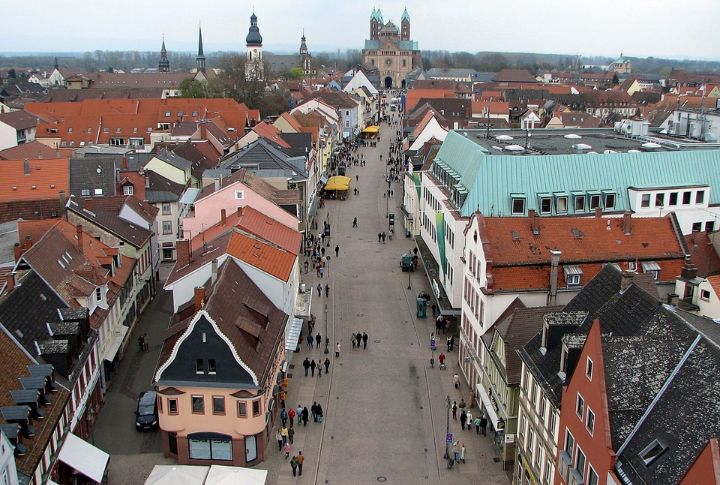
Speyer is grand, but never showy. Home to one of the largest Romanesque cathedrals in Europe, Speyer preserves sacred architecture like no other place. The Kaiserdom, a UNESCO World Heritage Site, stretches toward the heavens with solemn walls that have withstood centuries.
Nordlingen

Here, you’d be standing in a crater without even realizing it. Nordlingen sits inside a 15-million-year-old meteorite impact site. The result? A city that feels both ancient and otherworldly. The old city wall is still there. You can walk it, seeing the same views the guards once saw.
Regensburg
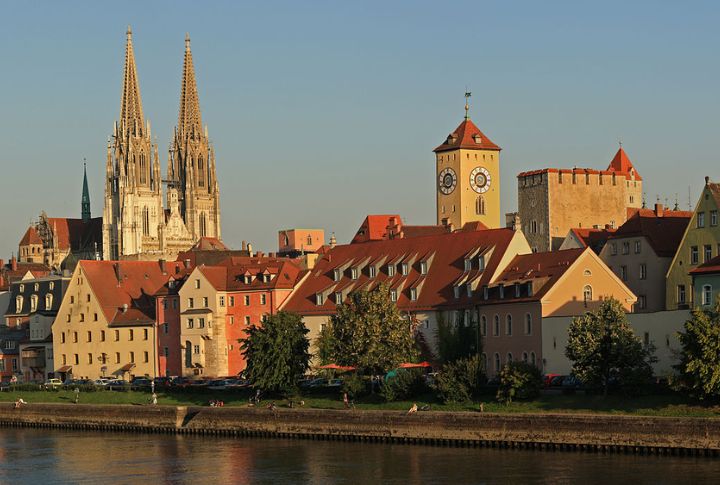
Straddling the Danube, this Bavarian city blends Roman ruins and winding alleyways into a patchwork of lived-in history. The Stone Bridge has stood since the 12th century, and the Regensburg Cathedral, founded in 975, still rings with the voices of its boys’ choir.
Ravensburg
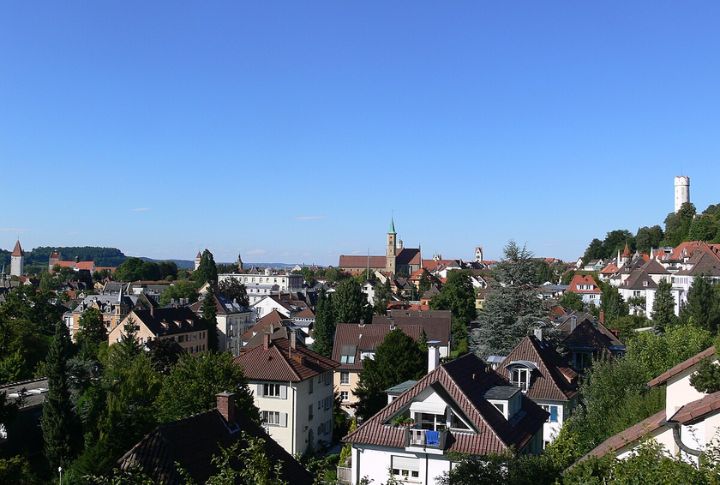
Ravensburg is the hometown of the famous puzzle company Ravensburger. The Upper Swabian city has a medieval silhouette. Its skyline is dotted with over a dozen well-preserved towers, earning it the nickname “City of Towers.” The old town is lined with gabled townhouses and market squares.

